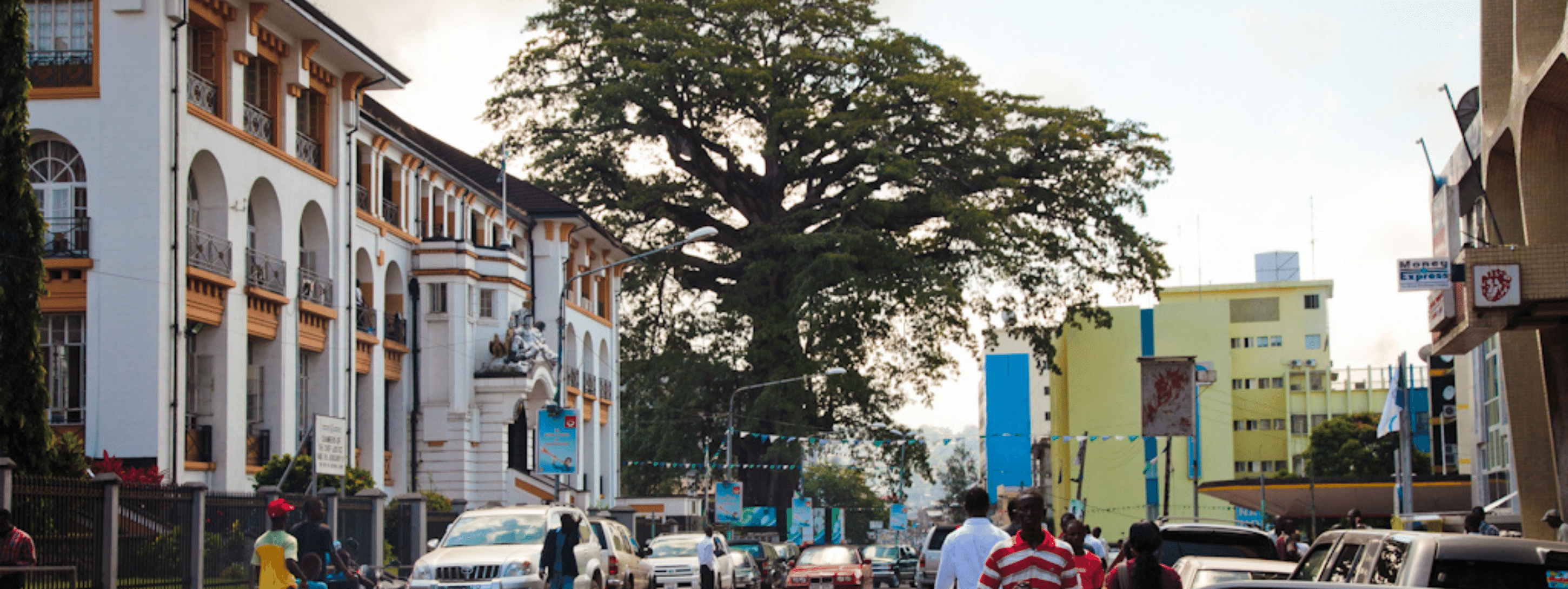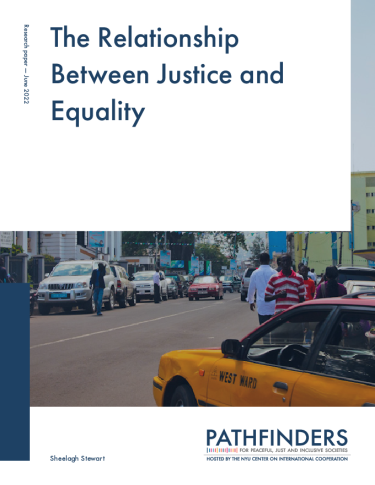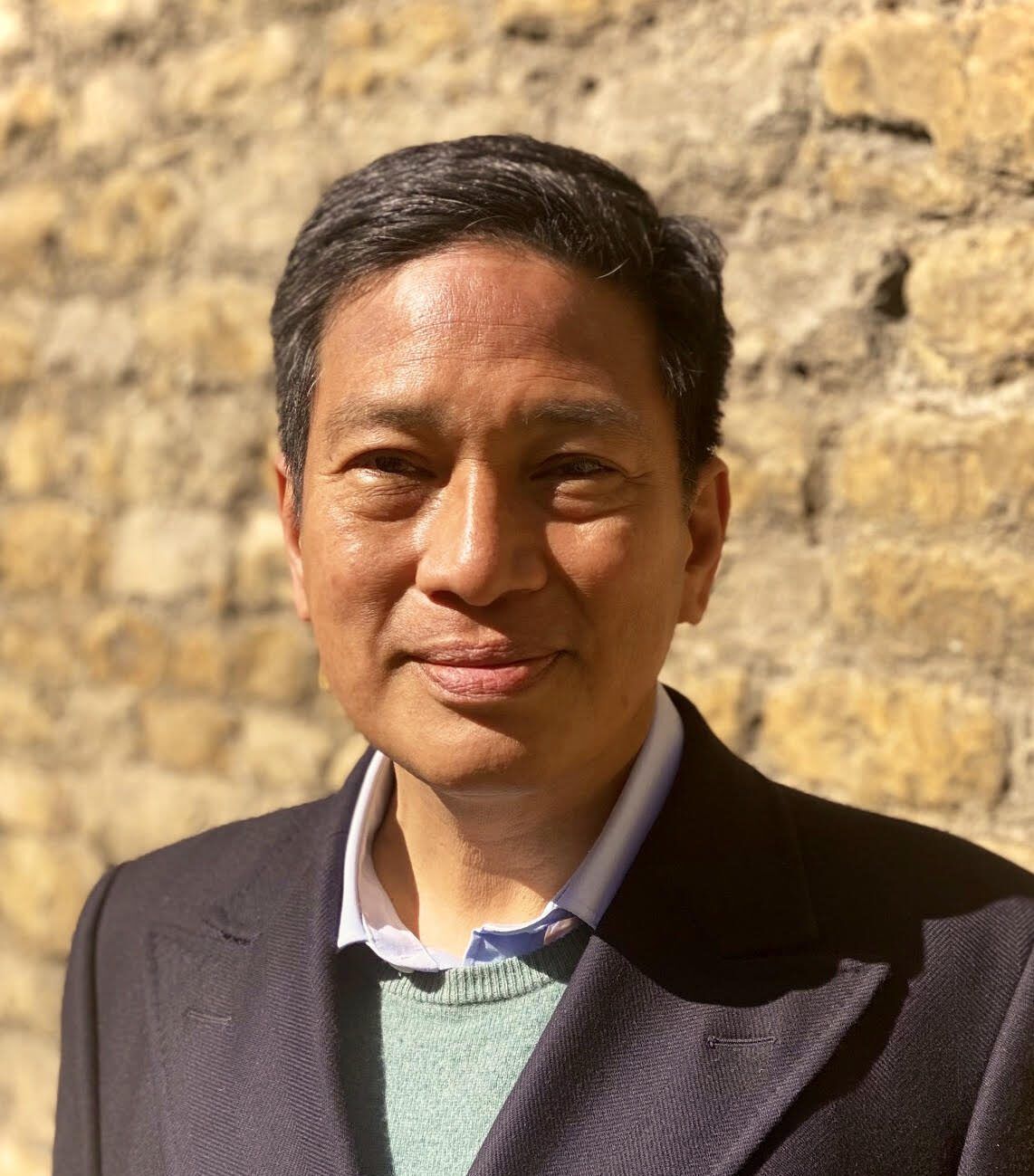At the heart of the 2030 Agenda for Sustainable Development is a vision of a “just, equitable, tolerant, open and socially inclusive world in which the needs of the most vulnerable are met.” This is a powerful vision. It is also part of a long history of global reform which seeks to make justice systems more inclusive. The first modern definition of the objective of law reform (now a century old) focuses on a government limited by law, equality under the law, and the protection of human and civil rights.

So what has gone wrong? A core issue is the assumption that if the justice system functions smoothly and efficiently, it will deliver justice. This has distracted from key questions about the way in which the justice system records, reflects, reproduces, and reinforces power in society.
This avoidance of the question of power has set up a binary, which is too limited. Broadly, the assumption underpinning these approaches is that if the system works well (i.e., smoothly and efficiently), it will eventually deliver justice for politically and economically disadvantaged individuals and groups. This is the justice equivalent of economic “trickle-down theory.” A long history—and billions spent on justice system reform—suggests that it does not work.
Recent work on justice systems has focused on alternative approaches. In particular, the Task Force on Justice has argued for a focus on people-centered justice, noting that such an approach “starts with an understanding of people’s justice needs and designs solutions to respond to them. It is delivered by a justice system that is open and inclusive, and that works in collaboration with other sectors such as health, education, housing, and employment.”
This report looks at how a focus on people-centered justice turns existing assumptions about justice reform on their head in three ways. First, it clarifies the fact that even the systems—which claim to manifest rule of law—disadvantage the poor, vulnerable, marginalized groups, women, and children. Second, it puts these groups squarely at the center of justice reform. Finally, and most importantly, it sets out practical ways of delivering people-centered justice.
[ Read the full research report: The Relationship Between Justice and Equality ]
This research report is part of the Pathfinders Grand Challenge on Inequality & Exclusion. More information about this initiative can be found here.

